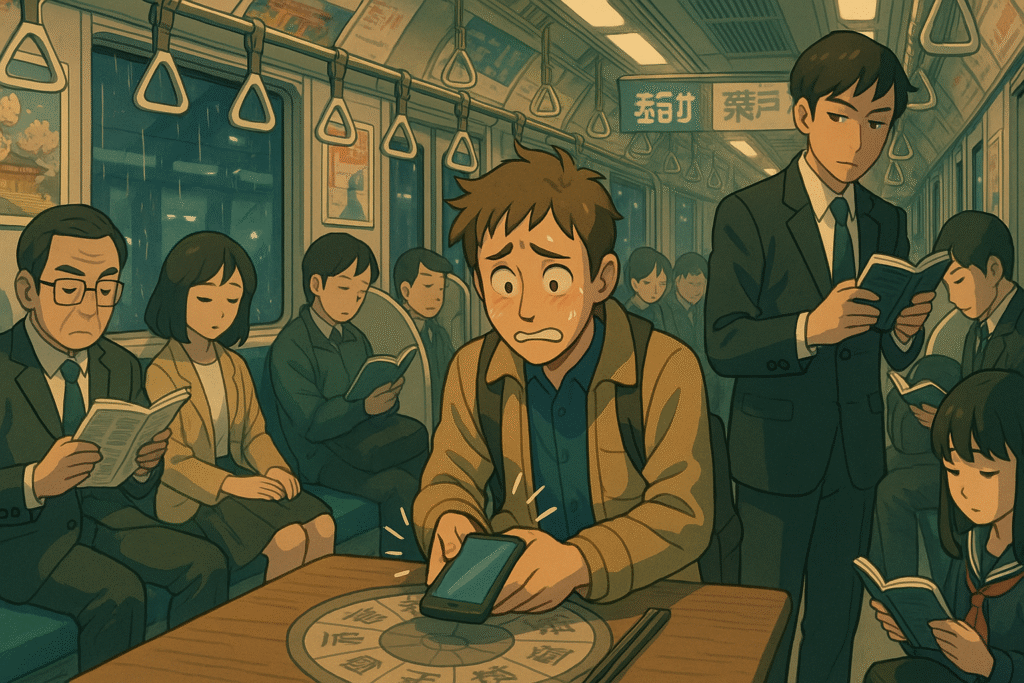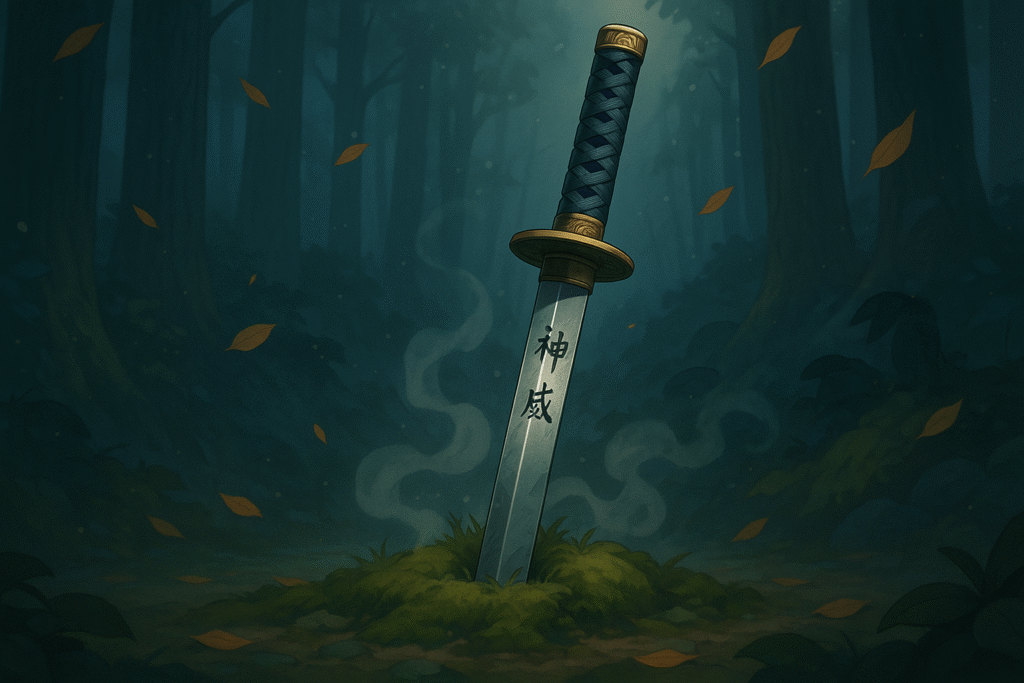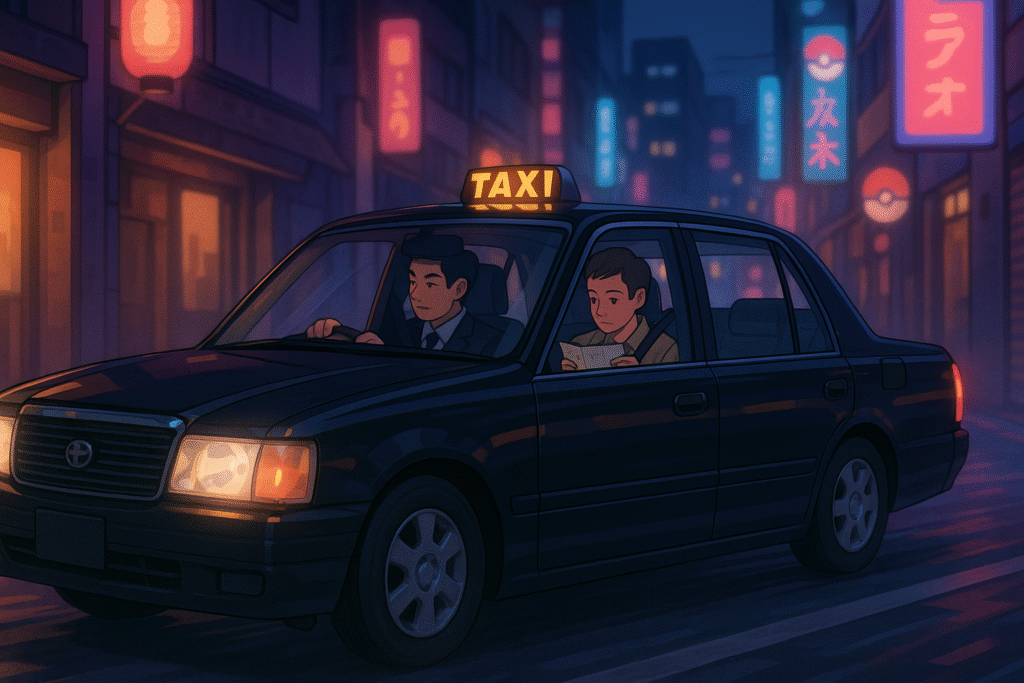Uncover the chilling legends of the jikininki, one of Japan’s most macabre supernatural entities, and discover why these human-eating ghosts continue to fascinate folklore enthusiasts worldwide.
What Are Jikininki? Understanding Japan’s Corpse-Devouring Spirits
In the rich tapestry of Japanese folklore, few creatures evoke as much dread as the jikininki (食人鬼). These supernatural entities—whose name translates directly to “human-eating ghosts”—represent one of the darkest aspects of Japanese yokai mythology. Unlike the playful tanuki or the mischievous kappa, jikininki embody a particularly grim fate that awaits those who lived selfish or corrupt lives.
Jikininki are essentially the Japanese equivalent of ghouls—tormented spirits condemned to feed on human corpses. While they appear mostly human, their features often take on monstrous qualities, with pointed teeth designed specifically for stripping flesh from the recently deceased.
The Origins and Nature of Jikininki
The concept of jikininki has deep roots in Buddhist cosmology, closely related to the gaki (餓鬼)—hungry ghosts who exist in a state of perpetual starvation. According to traditional beliefs, a person transforms into a jikininki after death due to:
- Corruption of the soul through evil deeds during life
- Greed or selfish behavior, particularly among Buddhist priests
- Development of a taste for human flesh before death
- Failure to properly observe funeral rites
What makes the jikininki particularly tragic is that, unlike many yokai, they don’t enjoy their ghastly existence. They consume human remains not out of pleasure but out of overwhelming compulsion—an eternal punishment that brings only temporary relief from their constant hunger.
Supernatural Characteristics of Jikininki
Jikininki possess several ghostly attributes that distinguish them from living beings:
- They typically inhabit abandoned temples or ruins near human settlements
- They and their dwellings often remain invisible during daylight hours
- They only appear to unsuspecting travelers at night
- They hunt primarily after dark, sneaking into temples where bodies await funeral rites
- They exist in a liminal state between the living and the dead
As our exploration of the Hakutaku yokai revealed, Japanese supernatural beings often serve as powerful metaphors. In the case of jikininki, they represent the Buddhist warning against greed and attachment to material desires.
The Famous Tale of Musō Soseki and the Jikininki
Perhaps the most well-known jikininki legend involves the Buddhist monk Musō Soseki, who had a chilling encounter while traveling on pilgrimage. The story unfolds as follows:
- Soseki becomes lost in the mountains and encounters an elderly monk in a dilapidated hermitage
- Following the monk’s directions, he reaches a nearby village
- The village chief has just died, and all villagers must leave overnight due to local customs
- Soseki stays alone to perform funeral prayers for the deceased
- During the night, a shadowy creature appears and devours the village chief’s corpse
- The next morning, Soseki learns there is no hermitage in the area
- Returning to the spot, he discovers the elderly “monk” was actually a jikininki
- The jikininki reveals he was once a corrupt priest who cared only about payment for funeral services
- The jikininki begs Soseki to free him from his torment
- Both the monk and hermitage vanish, leaving only an ancient gravestone
This tale, like many involving yokai, serves as a cautionary story about the consequences of spiritual corruption and the importance of sincere religious practice.
If you’re fascinated by Japanese language and culture, understanding yokai terminology is valuable for JLPT exam preparation. Our comprehensive JLPT N5 Study Guide includes essential vocabulary related to traditional Japanese folklore and much more to help you master foundational Japanese.
Want to explore Japan’s culture?
Discover Japan’s rich culture, traditions, and hidden gems with our expertly crafted guides. Get insider tips on travel, food, and history. All for free!
How Jikininki Compare to Other Death-Related Yokai
The Japanese supernatural landscape features several entities connected to death and the afterlife. Jikininki stand apart from similar yokai in several ways:
| Yokai | Primary Function | Appearance | Key Difference from Jikininki |
|---|---|---|---|
| Shinigami | Death gods who guide souls | Varies; often human-like | Purpose is collection, not consumption |
| Onmoraki | Created from the dead | Bird-like with human face | Forms from those who didn’t receive proper prayers |
| Hyakume | Hundred-eyed monster | Human with eyes covering body | Guards temples rather than desecrating them |
Similar to how we explored the nuanced expressions of strength in Japanese language, the jikininki represents a particular type of spiritual weakness—the inability to transcend worldly attachments even after death.
Modern Interpretations of Jikininki
While traditional jikininki lore might seem distant from contemporary life, these yokai continue to appear in modern Japanese pop culture:
- Anime and manga frequently reference or reimagine jikininki
- Horror films incorporate jikininki-inspired characters
- Video games feature jikininki as enemies or even playable characters
- Modern literature reinterprets their symbolic meaning for today’s audiences
Much like our examination of Japanese expressions of joy, the jikininki story reveals much about how Japanese culture processes complex emotions—in this case, regret and spiritual longing.
FAQs About Jikininki
What is a jikininki? A jikininki is a human-eating ghost from Japanese folklore that consumes corpses due to spiritual corruption in its previous life.
Why do jikininki eat human corpses? Jikininki eat human corpses because they are cursed to do so as punishment for greed or corrupt behavior during life, particularly among religious figures who performed funeral rites without sincere devotion.
Can jikininki be freed from their curse? According to folklore, jikininki can be freed through sincere prayers and rituals performed by devout monks, releasing them from their tormented existence.
Are jikininki evil creatures? Rather than being inherently evil, jikininki are tragic figures suffering eternal punishment for their past transgressions, making them objects of pity as well as fear.
Do jikininki stories still have relevance today? Yes, jikininki tales continue to serve as powerful metaphors for the consequences of greed and spiritual corruption in modern contexts.
Discover more fascinating aspects of Japanese culture and language in our other popular articles about Japanese expressions and cultural phenomena. Whether you’re preparing for the JLPT exam or simply expanding your knowledge of Japanese folklore, understanding yokai like the jikininki provides valuable insight into traditional Japanese worldviews.
Have you encountered jikininki in anime, games, or other media? Share your experiences in the comments below!
Love Japan? Stay in the Loop!
Get the best of Japan straight to your inbox: language, culture & travel insights!




